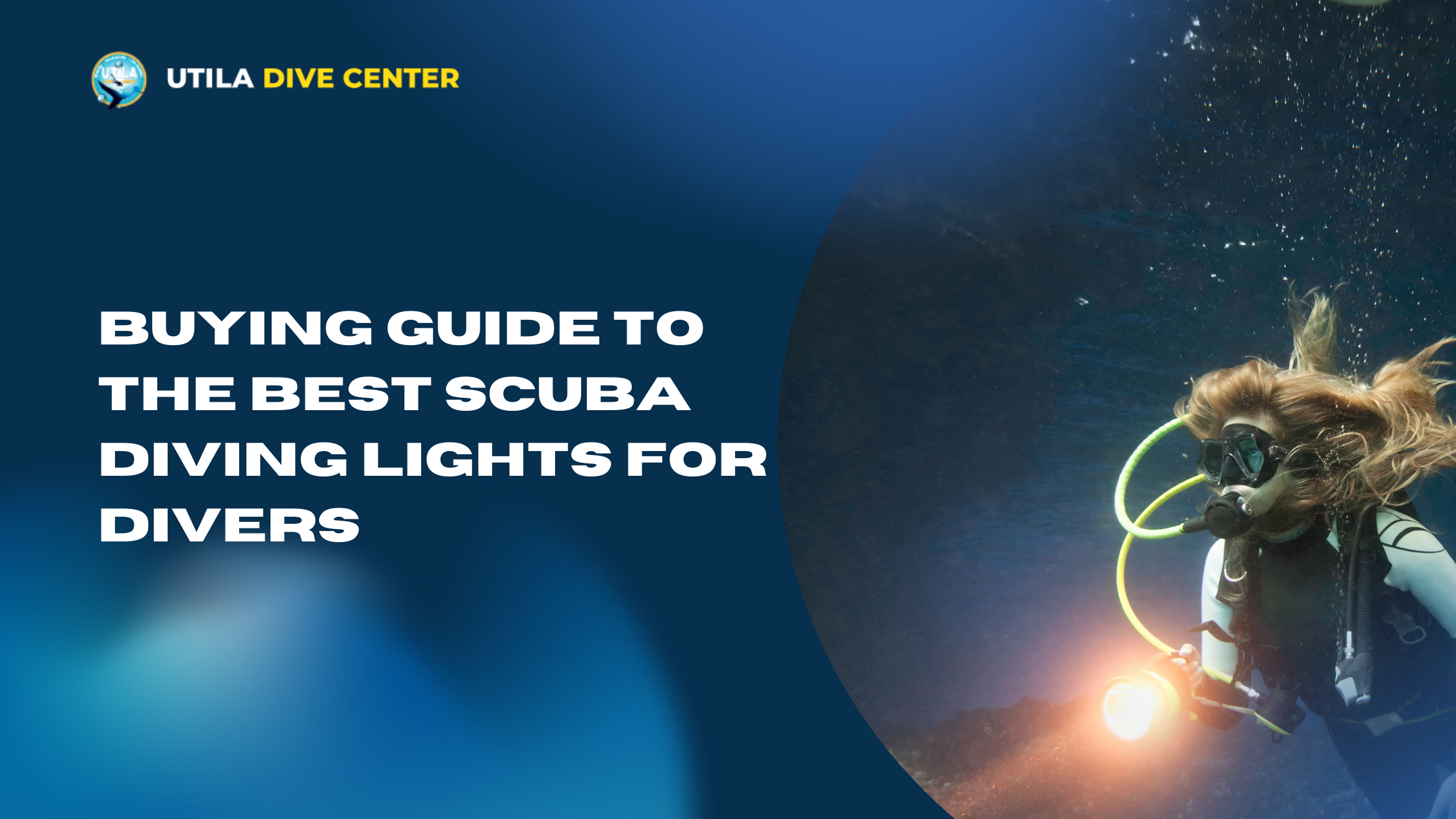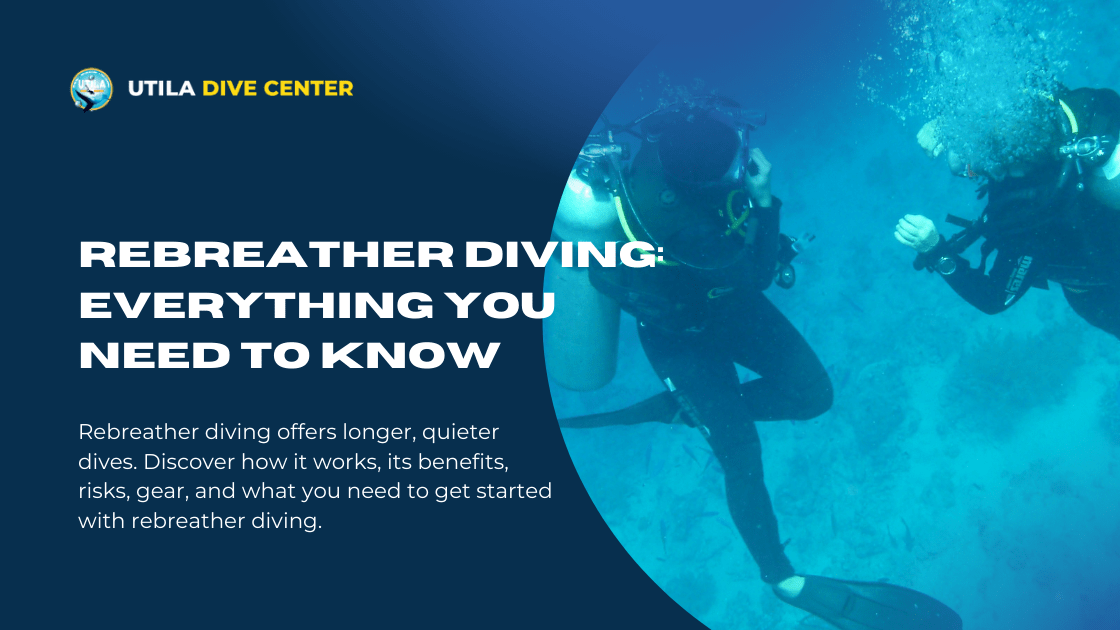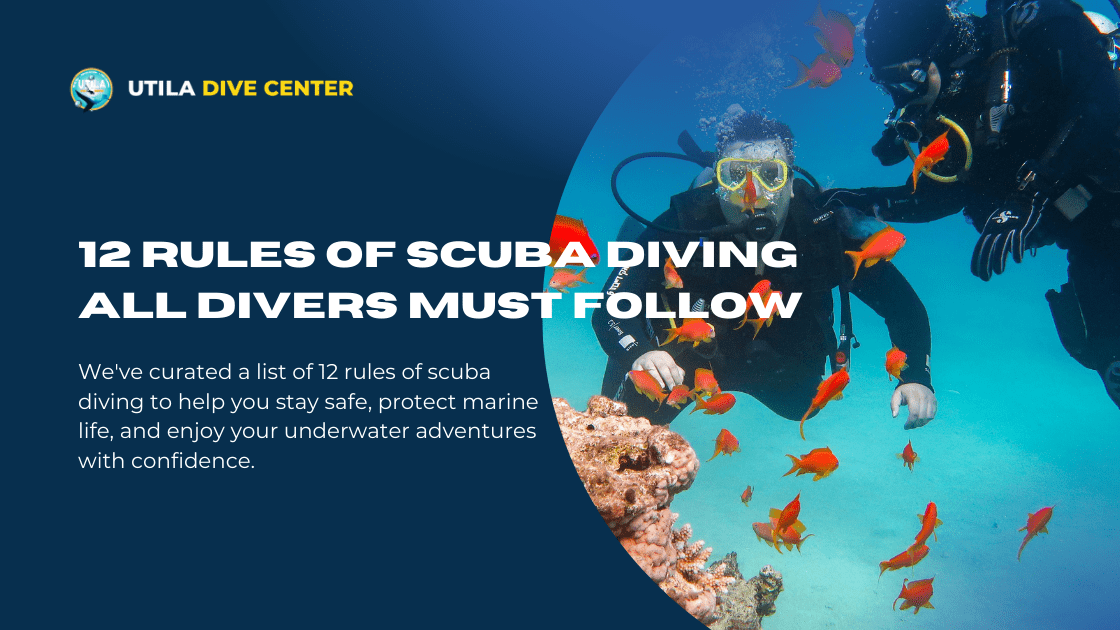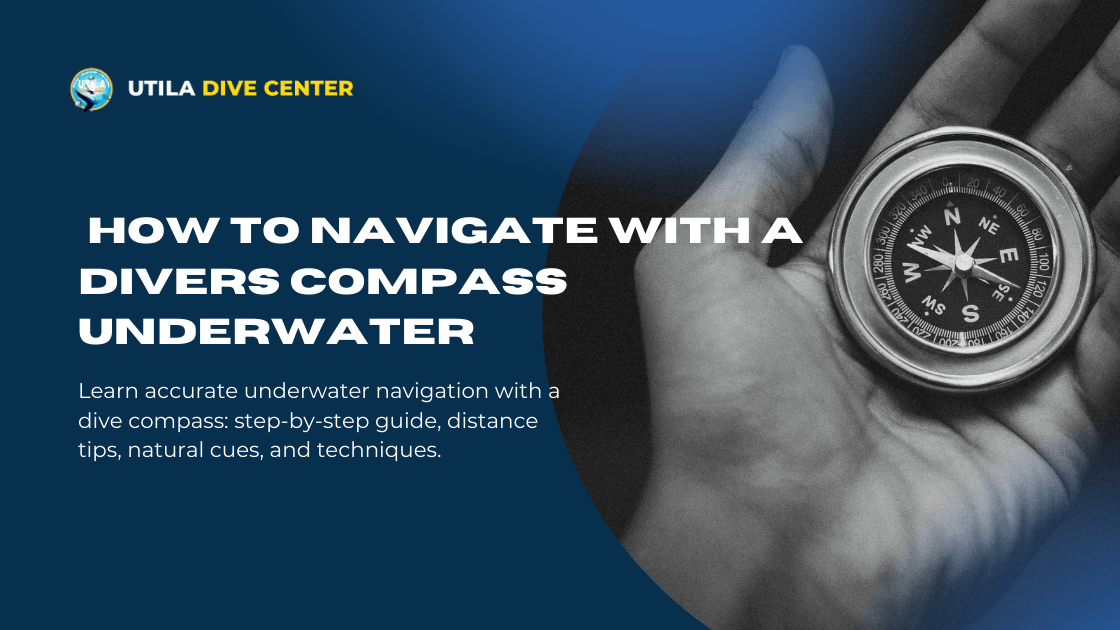
Buying Guide to the Best SCUBA Diving Lights for Divers
Buying Guide to the Best SCUBA Diving Lights for Divers
By: Manny Lagos | Date: 2025-04-24T06:26:15.104Z
Have you ever found yourself peeking into a dark cavern, wishing you could clearly see what’s hiding inside? Or maybe you’ve been on a night dive, relying on your diving buddy’s light because yours just wasn’t cutting it? A good dive light isn’t just a nice-to-have, it’s a must-have.
Dive lights are a game changer when it comes to improving visibility during night dives, exploring wrecks or spotting nocturnal marine life in hidden crevices. But with so many options out there, how do you pick the best one?
Well, this guide has got you covered. Below, we’ll break down the various types of SCUBA diving lights, key features to look for and the best SCUBA diving lights available in the market.
Let’s begin!
Types of SCUBA Diving Lights
Primary Dive Lights: Your Main Source of Illumination
Primary dive lights are what help you see clearly during SCUBA night dives, technical dives, wreck explorations and in other low-light conditions.
They help divers like you navigate murky waters with confidence and usually come with long battery life. Primary dive lights also have a high lumen output (a unit that measures brightness) and adjustable beam settings so that you can adapt to different underwater environments easily.
When picking the best primary dive light, focus on its beam type. A narrow, focused beam is perfect for technical and deep diving. A wide-angle beam, on the other hand, is ideal for recreational dives and general exploration.
Secondary and Backup Lights: Safety and Versatility
Just picture this– you’re deep into the ocean, exploring a wreck, and suddenly, your primary light goes out. Not exactly the kind of dive you wanted, right? That’s why a backup dive light is essential. Think of it as your safety net that gives you peace of mind in case your primary light fails.
Secondary or backup lights are compact, easy to carry, and bright enough to help you see clearly and exit smoothly. They’re also perfect as a second light on longer dives or for checking out tight spaces.
You can also choose a backup light that has a different beam pattern than your primary light– that way you’ll be prepared for whatever comes your way!
Specialty Lights for Specific Diving Conditions
Not all dives are the same– some call for specialised lighting. Want to see corals and fish glow in neon colours? Go for fluorescence dive lights– they emit UV light and reveal all the bright colours. Looking forward to observing marine life without disturbing it? Red lights are your best bet. And if you’re chasing those stunning, Instagram-worthy shots, video lights will give you the perfect lighting for raw, colourful footage.
No matter your diving style, the right dive light can really make or break your diving experience. So, choose wisely, and watch the ocean come to life!
Key Features to Consider When Buying a Dive Light
Choosing the best dive light isn’t about grabbing the brightest one in the store. It’s about striking the right balance between power, usability, and durability.
Here are some key features to look for when making a purchase:
Brightness and Beam Distance
As we mentioned above, brightness is measured in lumens– so the higher the number, the brighter the light. For dives involving general exploration, 500–1,000 lumens is enough, but if you want to check out wrecks, deep waters, or caverns, you might need 2,000 lumens or more.
Beam distance is equally important, always go for dive lights that illuminate at least 50-100 feet ahead.
The type of beam you choose also makes a huge difference in the kind of dive you’re going to have. A narrow, focused beam is great for long-distance visibility, while a wide beam is better for illuminating larger areas underwater.
Battery Life and Power Options
Let’s be honest– there’s nothing worse than your dive light dying mid-dive. That’s why it’s important to check the battery life and decide whether you need disposable batteries or rechargeable ones. Disposable batteries are great for longer trips where charging isn’t an option whereas rechargeable batteries are cost-effective and eco-friendly– amazing for regular diving.
Ultimately, it all comes down to the kind of dive you’re going for. Is it a quick, and easy dive? Or a deep exploration? Pick the right one so you’re never left in the dark!
Durability, Waterproof Ratings, and Build Quality
Your dive light isn’t just getting wet– it’s withstanding pressure, corrosion of saltwater, and an occasional bump or drop. That’s why it needs to be tough enough to handle tough conditions.
Look for lights with high waterproof ratings (IPX8 or higher), durable materials like stainless steel or aluminium, and sturdy construction. A well-built light won’t let you down even if the waves act up.
Pro tip: Don’t forget to check if your dive torch has strong O-ring seals and a double-layer waterproof design– it helps prevent flooding.
Size, Weight, and Portability Considerations
Packing light for a dive trip? A compact dive torch can save you a lot of space and hassle without sacrificing performance. Looking for a longer battery life and maximum performance? A bigger model might be the better choice. At the end of the day, it comes down to what works best for you.
P.S. If you’re a frequent flyer, look for models with removable battery packs that comply with travel regulations because several airlines have restrictions on lithium-ion batteries.
Best SCUBA Diving Lights Recommendation
Now that you know about the various types of diving flashlights and what to look for when buying one, let’s take a look at some of the best options available.
Here are three best SCUBA diving lights that cater to different needs and budgets– so you can find the perfect one for your next diving adventure.
ORCATORCH D530
- Powerful 1300-lumen output for amazing underwater visibility
- 8-degree super focus beam for long-range shots
- Titanium alloy side switch for durability
- Two lighting modes:
High mode (1300 lumens) for maximum brightness
Low mode (380 lumens) for extended battery life.
- Battery indicator light to check the remaining charge
APLOS AP150
- Ultra-bright 15,000 lumens, and 4 XHP50.2 LED bulbs for visibility up to 356 meters
- Durable aircraft-grade build made from AL-6061-T6 aluminium
- Rotary switch with 4 modes to easily adjust the brightness levels
- IPX8 waterproof rating ideal for dives up to 150 meters (492 feet)
- Multi-purpose use- it is great for SCUBA diving, snorkelling, camping, hiking, fishing, and more.
Wurkkos DL06
- Ultra-bright with 15,000 lumens and a 100° wide beam angle, for visibility up to 555 meters
- Durable & corrosion-resistant as it’s made from aerospace-grade aluminium alloy with an IPX8 waterproof rating
- Three 5000mAh lithium-ion batteries ensure an extended runtime
- Three adjustable brightness levels for easy operation
- Crafter for both professional divers and outdoor adventurers
Conclusion
Choosing the perfect diving flashlight doesn’t have to be overwhelming. Exploring wrecks? Shooting underwater videos? Diving in caverns or swim-throughs? The right dive torch can completely transform your experience. Focus on battery life, brightness, durability, and portability to find the one that suits your needs and budget.
At Utila Dive Center, we’re passionate about helping divers of all levels gear up (with the best SCUBA diving gear for beginners and professionals alike) and make the most of their diving experiences. With more than 20 years of experience as the Caribbean’s premier PADI career development center, we’re here to assist you every step of the way.
So, are you ready to pack your dive bag and dive into an unforgettable underwater adventure?

Rebreather Diving: Everything You Need to Know
Rebreather diving offers longer, quieter dives. Discover how it works, its benefits, risks, gear, and what you need to get started with rebreather diving.
Read more
12 Rules of Scuba Diving All Divers Must Follow
We've curated a list of 12 rules of scuba diving to help you stay safe, protect marine life, and enjoy your underwater adventures with confidence.
Read more
How to Navigate With a Divers Compass Underwater
Learn accurate underwater navigation with a dive compass: step-by-step guide, distance tips, natural cues, and techniques.
Read more
Common Dive Injuries and How to Prevent Them
Overview of dive injuries from barotrauma diving to decompression sickness and steps to prevent dive injuries for safe diving.
Read more